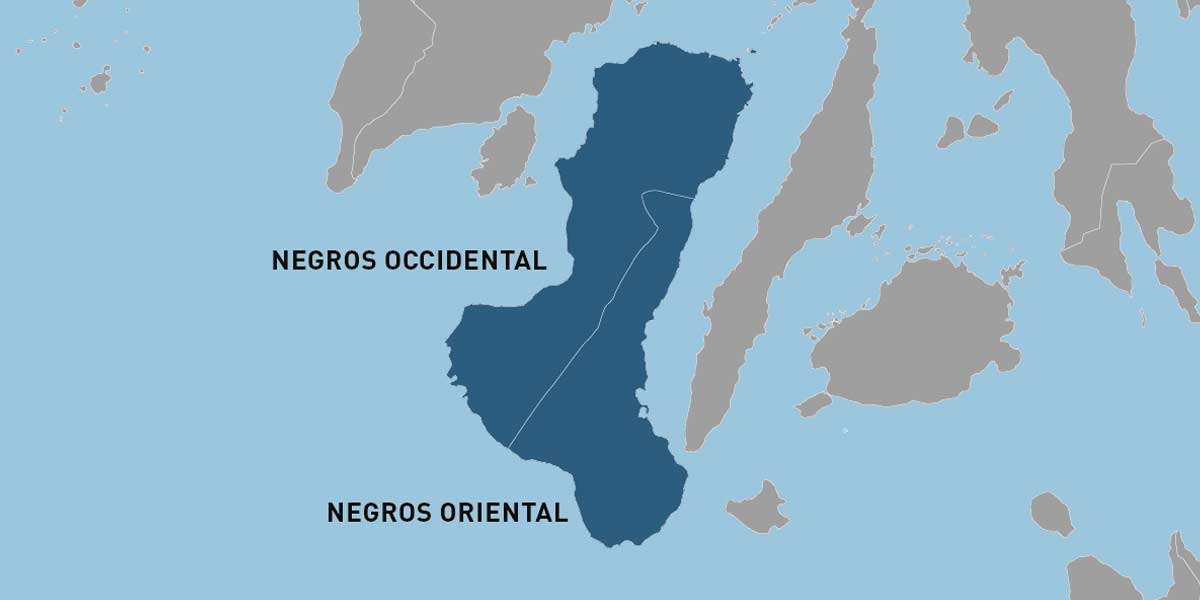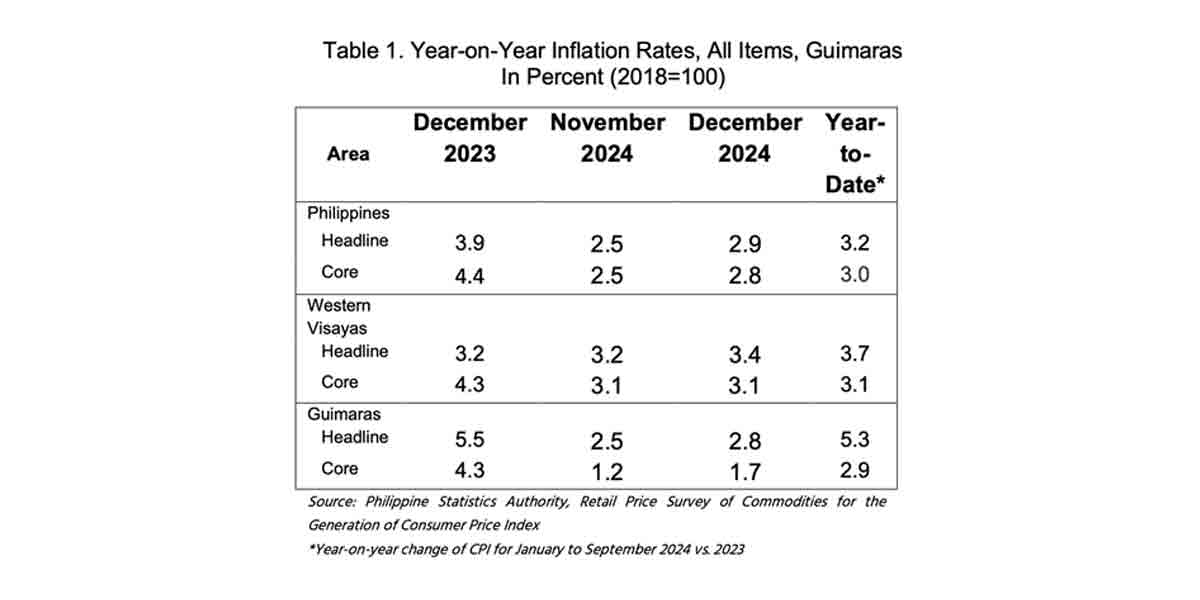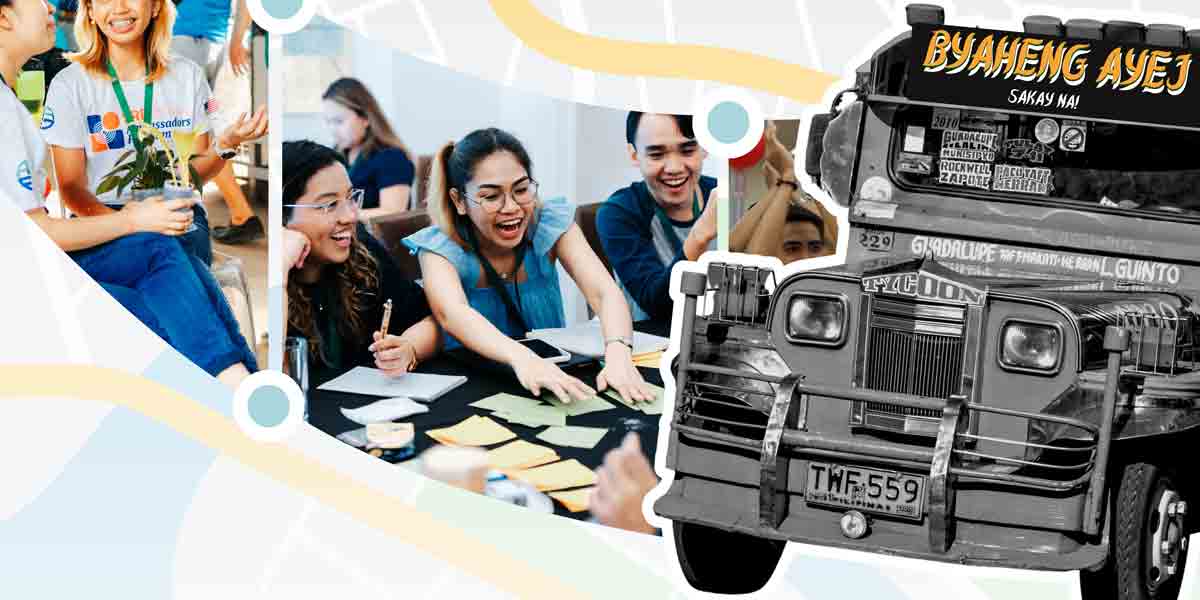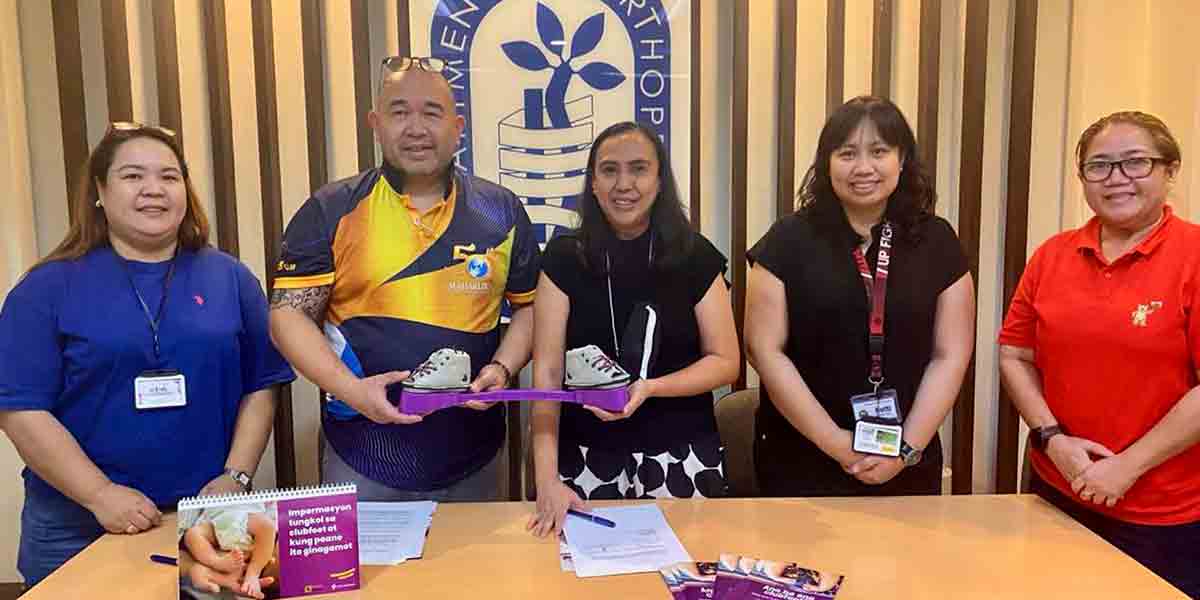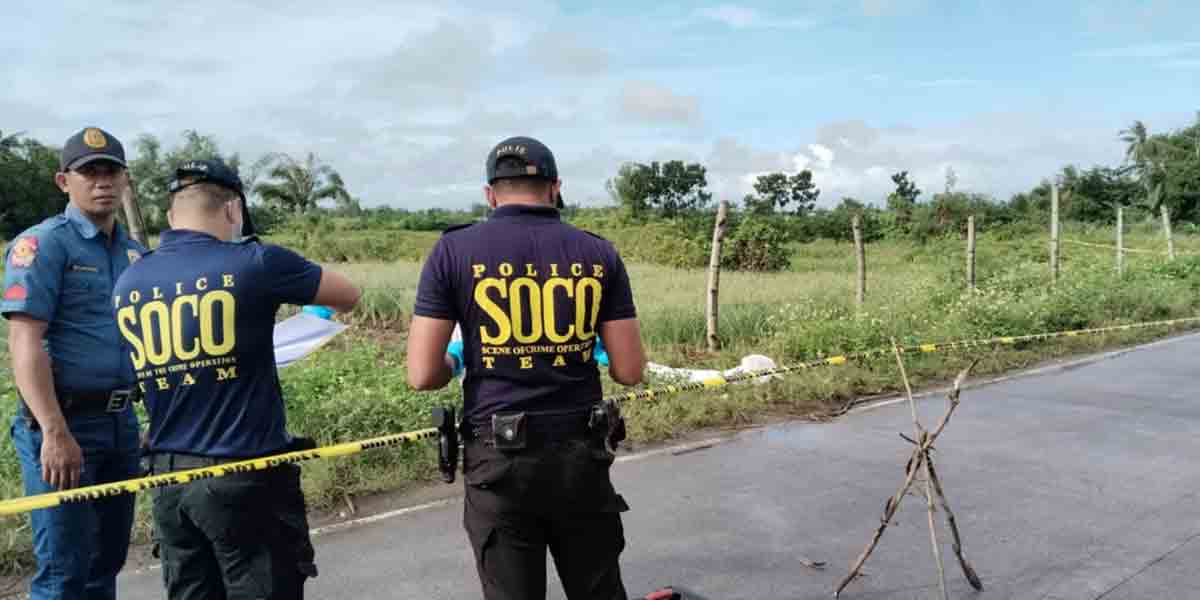
“Come fly with me, let’s fly, let’s fly away” in the lilting dulcet tones of Frank Sinatra’s Ol’ Blue Eyes immediately invokes a picture of an exotic, far-off destination and a time when air travel was a glamourous escapade. Released in 1958, the Sinatra classic captured the imagination of the post-war population to an idealised escapism from their normal everyday lives that marked the dawn of a new era – cost-effective international travel for the domestic population that was previously unavailable. What an experience!
Fast forward to 2020 and the picture is somewhat different. No doubt the reduction in air travel cost resulted in unprecedented numbers of us jetting off, and in many instances, resulted in endless check-in queues, time-consuming security clearances and border control interrogation, only to make it through to airside, where further hours of choosing from a lacklustre selection of poor quality food and retiring to numbingly uncomfortable seats await you. And that was all before COVID-19!
It is true that many airports are redesigning the passenger experience and investing enormous sums to make the journey more palatable, but when passenger numbers tank and revenues are impacted like never before, we are in unchartered waters.
As our exposure to this pandemic deepens and we learn that first waves can turn into second waves – and that various strategies for eradication versus suppression versus flattening the curve versus doing nothing all come with some unintended consequences – we realise that living with the virus is actually the new normal until a vaccine is found , if ever. ‘Living with the virus’ invokes myriad impacts, straddling physical and behavioural implications to the design and operation of our built environment.
The big question no-one wants to ask is: can we be trusted to do the right thing given the inevitability of living with the virus, or do we need a combination of physical changes to our built environment coupled with digital amplifications to guide us through this next period? Organisations and businesses are realising we need both. We need solutions that integrate both physical and digital design in a symbiotic way to navigate the most complex scenario to ever confront humankind – and this has never been more apparent for the travel industry.
Catching flights not viruses
With nearly two-thirds of the world’s 26 000 passenger aircraft grounded and airlines slashing seat capacity by more than 70% since January, the future of air travel will come with higher price tags, fewer routes and a lot more schlep.
Although not all carriers prescribe to it, some are prohibiting the use of middle seats to ensure physical distancing is maintained. “Glassafe” design has been proposed: traditional airplane seating with large, transparent partitions between each headrest. Continued advancements made in biometrics, no-touch technology, and automatic check-in prior to COVID-19 are taking off in greater force. Standard pandemic paraphernalia will be on display for the foreseeable future: masks, shields, sanitisers… social angst.
That’s if you make it through security. If the passenger experience of airport security post 9/11 suddenly became more cumbersome, what should we brace ourselves for this time around? Would increased biosecurity measures force us to arrive at the airport four hours before departure?
With passengers spending more time at the airport prior to their flight, accompanying services like retail and parking may need to restructure their offerings. Health certificates, on-site blood tests, thermal imaging cameras, isolation rooms, disinfecting people from head to toe (and baggage from handle to wheel) – this all might become part of the way we do things. How will this impact airport layout and design, and will the outgoing or receiving countries bear the burden of tests and quarantine facilities?
New Zealand has been able to safeguard an economy that heavily relies on trade and tourism by running a world-leading plant and animal biosecurity system. What can we learn from their approach when dealing with human biosecurity? Greater focus is also being targeted towards antibody protection.
Governments around the world are setting up so-called “immunity passports” certifying those who have had the coronavirus and tested positive for antibodies. Heathrow Airport is calling on all countries to recognise antibody certificates for guaranteed acceptance to recipient countries and the safe return home without the need for quarantine. Will having COVID-19 antibodies become an elite new category of people who can freely work, travel and socialise?
Big data for a big picture
Data collected from an estimated 9.8 billion mobile phones, 2200 satellites and more than 25 billion other digital sensors, are documenting the radical shifts in social and economic activities happening in response to the pandemic. The more data there is, the more accurate predictions can be.
During the 2003 SARS epidemic, there simply wasn’t as much digital information at our disposal but this time around, Taiwan has demonstrated what can be done with the right data at the right time. Despite its proximity to mainland China, Taiwan reported just 447 COVID-19 cases and a mere seven deaths in a population of 24 million by 30 June. Their strategy involved integrating the national health insurance, immigration and customs databases to create big data analytics. Real-time alerts based on travel history and clinical symptoms identified cases, high risk citizens and travellers were quarantined and tracked through their mobiles, while all hospitals, clinics and pharmacies were given access to patients’ travel histories.
Hong Kong used population flow data to develop a new method of accurately tracking the spread of COVID-19, and established a new risk assessment model to identify high-risk locales at an early stage. In China, artificial intelligence (AI) is being used to diagnose infection by detecting symptoms on CT scans. All these strategies are proving invaluable in efficiently and effectively detecting and preventing outbreaks or mitigating the spread.
But will this worldwide net of data mining at some stage be pulled closer to a straight-jacket society? China’s social credit system has been described as the finishing touches to the world’s first high-tech digital dictatorship, upgrading its already formidable police state to a fearsome cyborg of state control. Will other countries follow suit? Billions of us around the world already willingly divulge our personal information (Hello, Facebook), but the concern is whether or not policy will change in parallel. What stage will a friendly suggestion become the long arm of the law?
Have wanderlust, will travel
In the face of all this, will people still want to travel? If history is anything to go by, you can bet on it. People are willing to make sacrifices for what’s important to them, and travel underpins trade, diplomacy, business, tourism and some will argue, sanity. If lockdown regulations sparked anything in us, it certainly was the sense of how free movement has been taken for granted and how deep we will dive back into it as soon as we get the chance.
A recent survey showed that 33% will travel “more than ever” once it’s safe and 27% want to travel more adventurously, confirming trends showing that destinations off the beaten track will be favoured. In whatever shape or form, travel has always been – and will always be – part of the human psyche. The challenge to operators is to conceptualise a completely different world of travel and design a solution that meets that need. The words “once it is safe to do so” will become the new design input that operators of facilities need to heed.
The solution is not just physical. It is digital and operational.
Frank Sinatra might not be around to entice a post-COVID-19 population back into the skies as he did with the post-war populous, but there is a silver lining on the horizon to entice us back into the rarefied air…it will just need a more creative and human-centred design to get us there.




